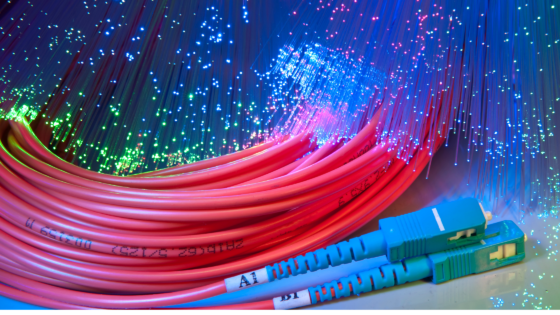
A fiber optic fusion splicer is a device used to form a single long fiber by melting two optical fibers together at their end faces.
How does a fusion splicer work?
At the initial stage, prior to the fusion splicing, it is needed to remove the outer jackets and polymer coating. It is very important to maintain cleanliness. Once, this step is done both the fibers are placed into a holder in the splicer’s enclosure. Here fiber optic splicer comes into play.
- Alignment: Using tiny, precise motors, the fusion splicer makes adjustments to the fiber positions until they’re aligned, so the finished splice will be as seamless and attenuation-free as possible. During the alignment process, the optical technician is able to view the alignment of fiber
- Impurity Burn-Off: Since the tiny dust particle or trace of dust or other impurities can badly affect a splice’s ability to transmit optical signals, Taking care of a dust-free and clean environment is a must. Even though fibers are hand-cleaned before being inserted into the splicing device, many fusion splicers incorporate an extra precautionary cleaning step into the process: before fusing, they generate a small spark between the fiber ends to burn off any remaining dust particle or any kind of moisture present.
- Fusion: Once the fibers have positioned properly and any moisture and dust have been burned off, it’s time to fuse the fibers ends together to form a single fiber. The splicer emits a spark that melts the optical fiber end-faces without causing the fibers’ cladding and molten glass core to run together. The melted fiber tips then joined together, forming the final fiber.
- Check out our fibre optic products and purchase them online from our e-commerce shop.



Leave a Reply